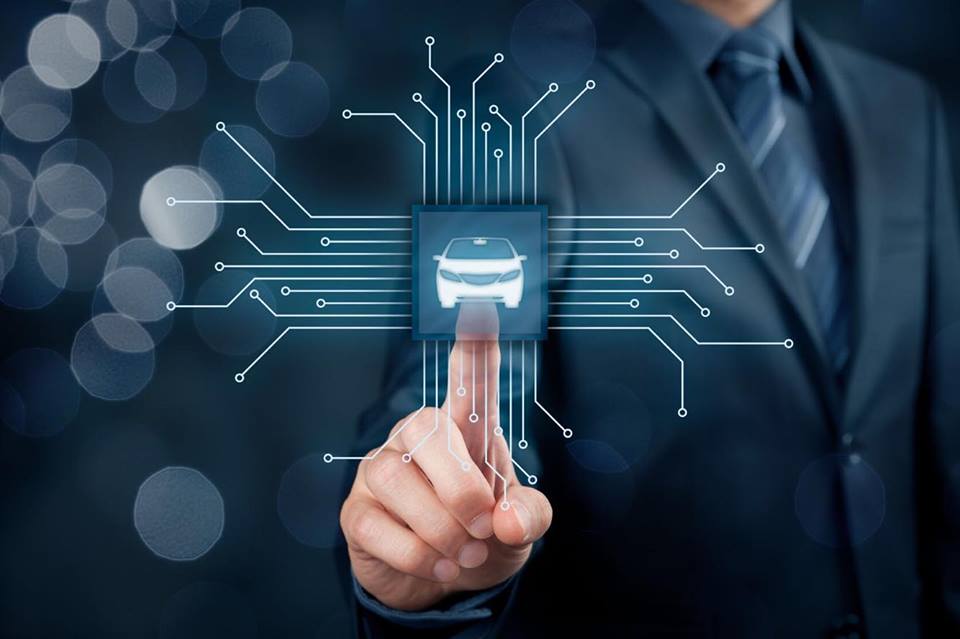AI in Oil & Gas - Lessons from Self-Driving Cars via @UnsistDS
Posted on May 22 at 11:00pm

Recently, we’ve talked about how AI can bring positive change to the Oil & Gas industry. While the promise of AI sounds incredible, many people have asked “What does it actually look like?”. Unfortunately, no one has a crystal ball for what tools to use and how they will change the industry, however a useful way to look forward is to refer to the past. In the “AI in Other Industries” series, we will explore the practical applications in industries where due to recent advancement in AI has resulted in a lot of success in automotive, software, finance and healthcare. In this article, we focus on the self-driving (autonomous vehicle) industry because it has received considerable attention in the media.
AI in Self-Driving Cars
Tesla, Google, Uber, Cruise — these are all $1B+ companies pushing the frontiers in technical capabilities and consumer mentalities. Specifically, Tesla, already a disruptor to the gasoline car market with its EV (electric vehicle) models, has made quite a few headlines with its autopilot features. The progress with autopilot is a direct result of the advancements in digital computing and storage, but the idea for self-driving isn’t new. Previously, the self-driving approaches involved teaching a simple neural network to make decisions. As these neural networks were simplistic, in terms of learning capabilities, they were only good to make simple decisions in non-complex environments. However, self-driving in a complex, real world requires:
- The ability to process lots of information at any given time
- Some decisions need to be made immediately, with incomplete information
After years of driving, people may not notice the amount of information they process such as speeds, weather, navigation, traffic, pedestrians, and safety. We process all this every second, subconsciously planning the next intersection or turn, and quickly making real-time decisions when we see construction up ahead and need to make a detour. With so many variables to consider while driving, it was never practical to pre-program all the contingencies into a software, as was done using simple neural networks. However, advancements in machine learning, and specifically deep learning for self-driving, made it possible to now handle such large amounts of data effectively. These advancements are the reason why self-driving has only recently made significant progress, and in a short amount of time.
How is Machine Learning Actually Being Applied?
Machine learning is applied in many different ways at the same time, all of which are packaged together as a collective self-driving technology. The following list demonstrates all the how machine learning has been applied to make self-driving a reality:
- A GPS and inertial navigation system enables a car to navigate
- Laser rangefinders, radar, lidar and video allow the car to sense its environment to observe traffic signs, other vehicles, pedestrians, and road conditions
- The data from all these sensors are combined, filtered and analyzed to create a 3D image of its position and the environment
- The 3D model is constantly assessed to avoid obstacles and plan the best route, with consideration of time, traffic and tolls
What ideas do you have?
For our team at Unsist, self-driving cars continue to be an exciting market to watch as we learn from the creative and technical solutions to a highly complex industry. We will continue to learn from self-driving cars, and we encourage you to learn with us and to dig deeper on your own too! Here are a few more insights from the autonomous vehicle industry that we’ve picked up along the way:
- Not much changes within a year, but lots changes in 3+ years
- Technology moves faster than organizations can adapt
- Technical feasibility vs. market need
- First movers don’t always win
- Every industry has a tolerance for risk and failure
Follow us on Facebook, LinkedIn, Twitter and Medium or sign up to our AI Meets Oil & Gas Newsletter!
Dudon Wai is a co-founder @ Unsist, a Calgary-based technology company that provides services and products to optimize drilling and production for Oil & Gas. Find out more about Dudon on LinkedIn and at dudonwai.com.
Devinder Kumar is an AI Scientist in Residence @ NextAI. He is currently also a PhD student at both University of Waterloo and University of Guelph where he centers his research around Deep Learning and its application in Computer Vision. Find out more about Devinder on LinkedIn and at devinderkumar.com!